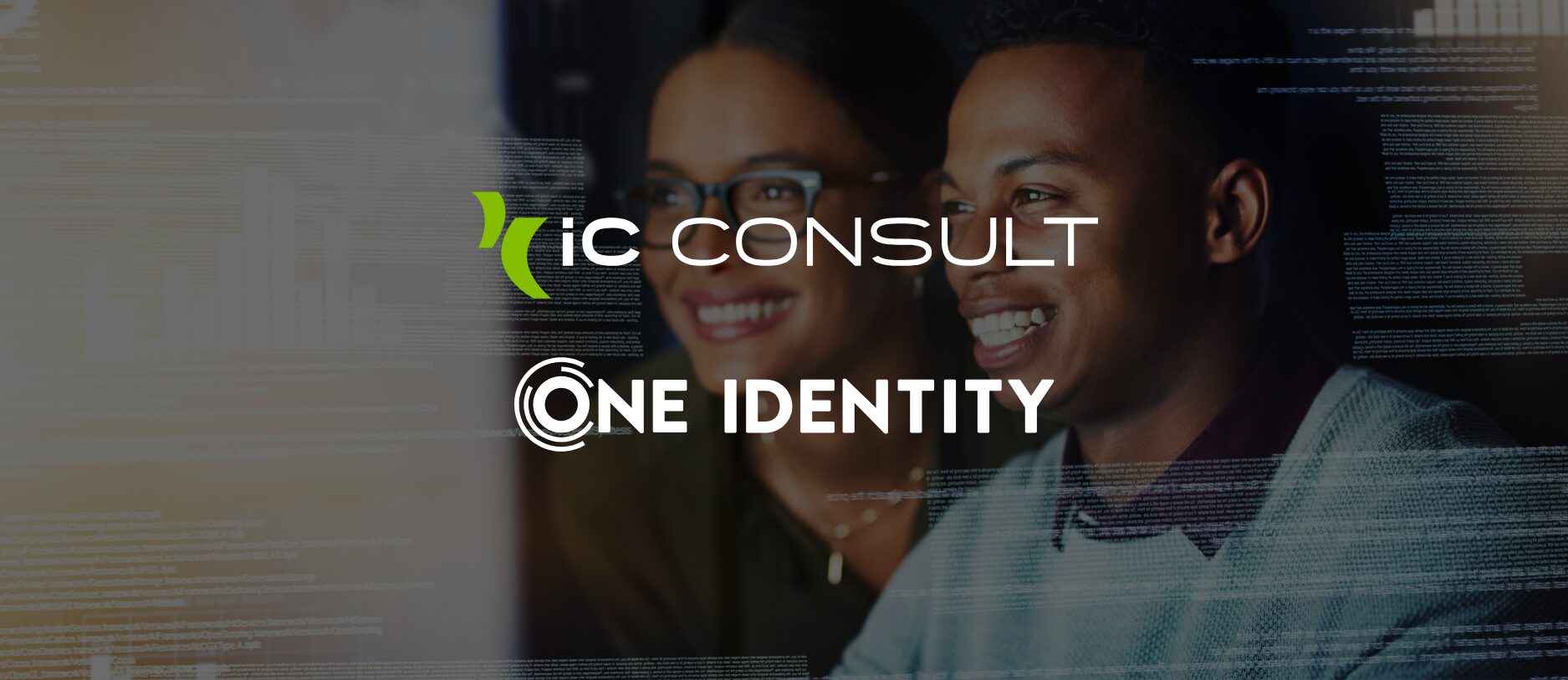
Resources
Ready to start your IAM project?
Our experts look forward to talking with you.
Results: 206
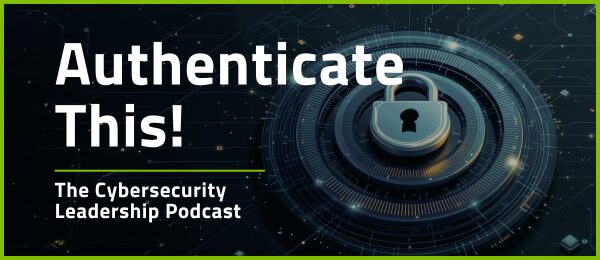
The Myth of the Unhackable System with Elliott Franklin of Fortitude Re
On this episode, Elliott Franklin, Senior Vice President and Chief Information Security Officer of Fortitude Re, shares his fascinating journey from hacking his high school’s grade system to leading cybersecurity programs across diverse industries.

iC Consult Netherlands B.V. Launches to Meet Growing Demand for Identity Security in the Dutch Market
iC Consult Netherlands B.V. is now fully operational and ready to support clients with local IAM expertise and global identity excellence.

Access Management Evolved: From SSO to Zero Trust in Real Life
Discover how unified Access Management can become your foundation for Zero Trust — delivering secure, convenient, and scalable access for every identity in your organization.
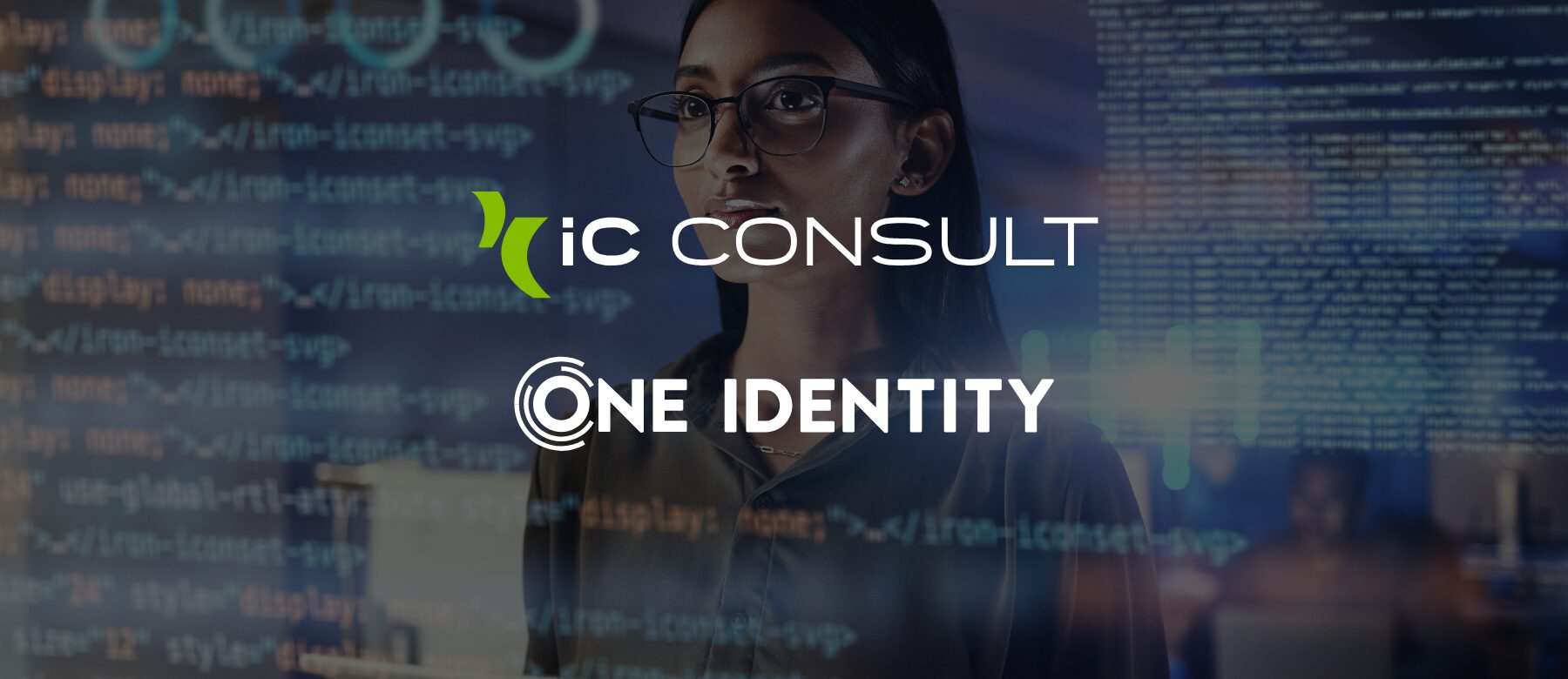
Securing the Keys to the Kingdom: Privileged Access in a Connected Identity Fabric
Explore how Privileged Access Management becomes a strategic pillar in your identity security strategy using the One Identity Fabric and other tools.

Human Skills That Define Tomorrow’s CISO with Matthew Rosenquist of Cybersecurity Insights
On this episode, Matthew Rosenquist, CISO, Cybersecurity Strategist and Advisor at Cybersecurity Insights, explores the evolving role of CISOs, the realities of consolidation, and AI’s increasing impact.
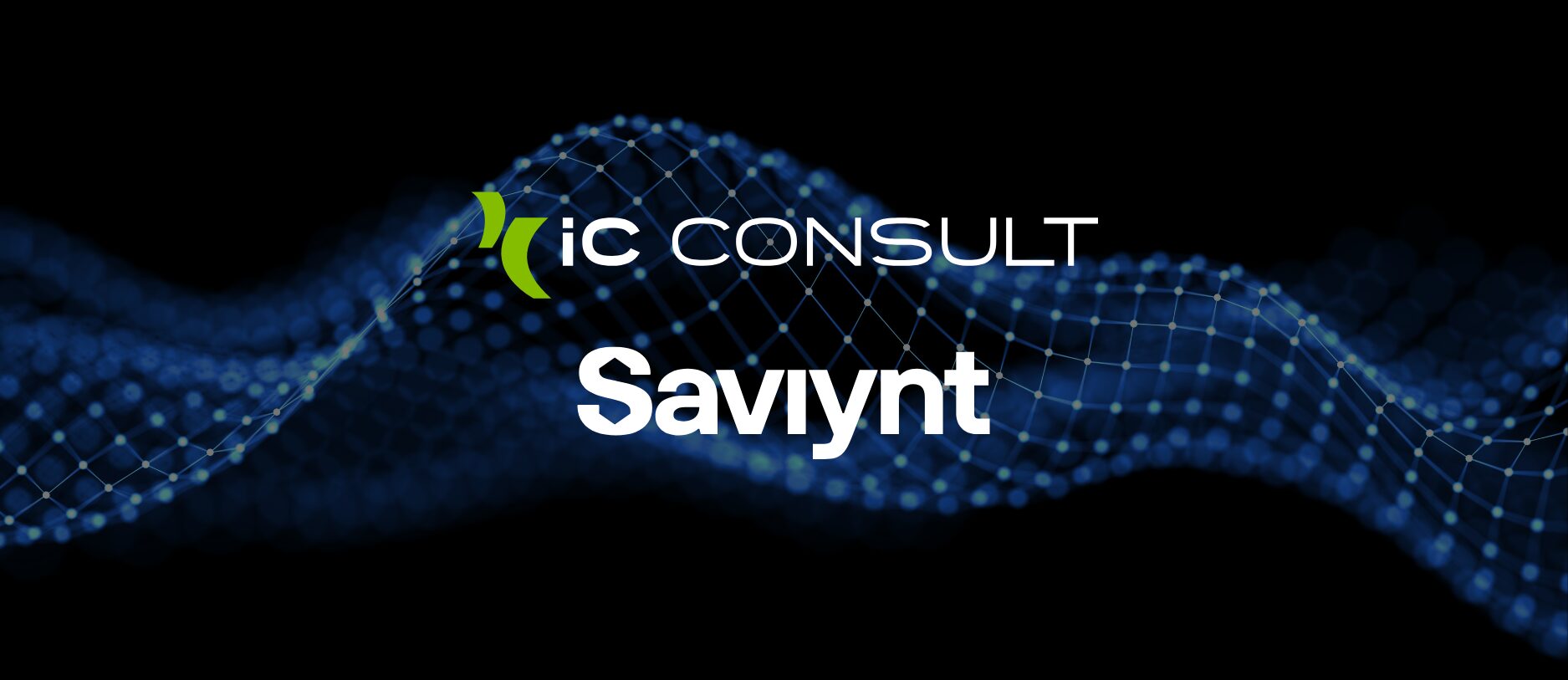
Next-Gen PAM: Enhancing Identity Security with Privileged Access Management
Discover how modern PAM and IGA together close critical security gaps, and learn strategies to protect cloud and non-human identities to strengthen your privileged access defenses.

Saviynt Strengthens Strategic Partnership with iC Consult, Recognizes Double Partner Excellence
Through this partnership, customers benefit from Saviynt’s AI-powered, industry-leading platform combined with iC Consult’s deep domain expertise and delivery excellence.

ARCON Partners with iC Consult to Strengthen Identity Security Across Humans and Machines
ARCON Partners with iC Consult to Strengthen Identity Security Across Humans and Machines.
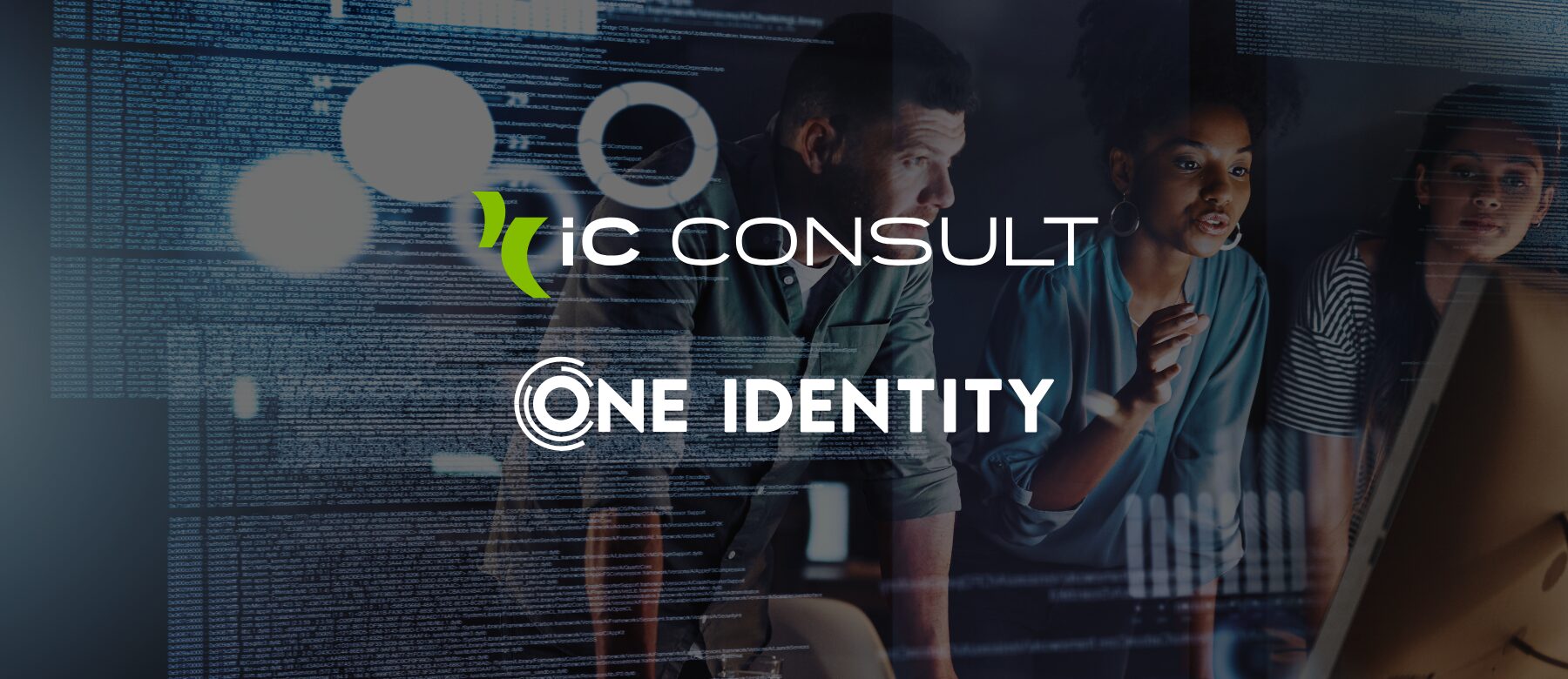
Modern Active Directory Management: Simplifying Security and Scale in Hybrid Environments
Experts from One Identity and iC Consult explore how to simplify, secure, and future-proof your AD operations using the One Identity Fabric and tools like Active Roles and Safeguard.

Digital Identity in China: Managing Compliance, WeChat Integration, and Other Requirements
Read about the key requirements for managing digital identity in China, and how organizations can achieve compliance and integrate with WeChat.
Stay Ahead with IAM Insights
Keep yourself informed on the latest IAM trends and upcoming Identity & Access Management events. Subscribe now!

